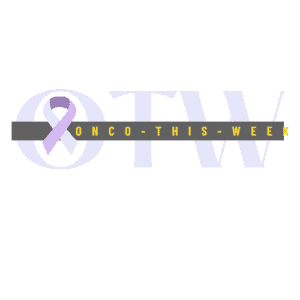Ph 2 data for ERLEADA + ADT after radical prostatectomy in patients with high-risk localized prostate cancer show 100% biochemical free recurrence rate more than 2 years post-surgery

“Despite treatment advancements over the last decade, half of patients with high-risk localized prostate cancer experience disease recurrence less than two years after radical prostatectomy, highlighting a need for treatment options that reduce longer-term risks,” said Luca Dezzani, M.D., Vice President, Medical Affairs, Solid Tumor, Johnson & Johnson Innovative Medicine. “Studies like Apa-RP coupled with the continued evaluation of ERLEADA® in ongoing Phase 3 studies are critical steps in understanding the full potential of earlier treatment intervention, with the ultimate goal of improving patient outcomes.”
Share:
More News
PharmaMar has submitted a Marketing Authorization Application to the European Medicines Agency for Zepzelca® (lurbinectedin) in combination with atezolizumab (Tecentriq®) for the maintenance treatment of adult patients with extensive-stage small cell lung cancer, whose disease has not progressed after first-line induction therapy with atezolizumab, carboplatin and etoposide. The MAA submission
“At SR One, our mission is to invest in companies that we believe have the ability to innovate and advance transformational new therapies in areas of high unmet medical need,” said Simeon George, M.D., Chief Executive Officer and Managing Partner at SR One. “Fore Bio is focused on resetting the
The study demonstrated a statistically significant and clinically meaningful improvement in the primary endpoint of TACE-progression-free survival (TACE PFS*), and the other primary endpoint of overall survival (OS) is immature at the prespecified first interim analysis. Meanwhile, a clinically meaningful PFS by RECIST v1.1** was also observed. Detailed findings from
“The positive CHMP recommendation for the Itovebi-based regimen represents a significant step towards providing people in the EU with PIK3CA-mutated, ER-positive advanced breast cancer with a targeted therapy in the first-line setting,” said Levi Garraway, M.D., Ph.D., Roche’s Chief Medical Officer and Head of Global Product Development. “This recommendation is



